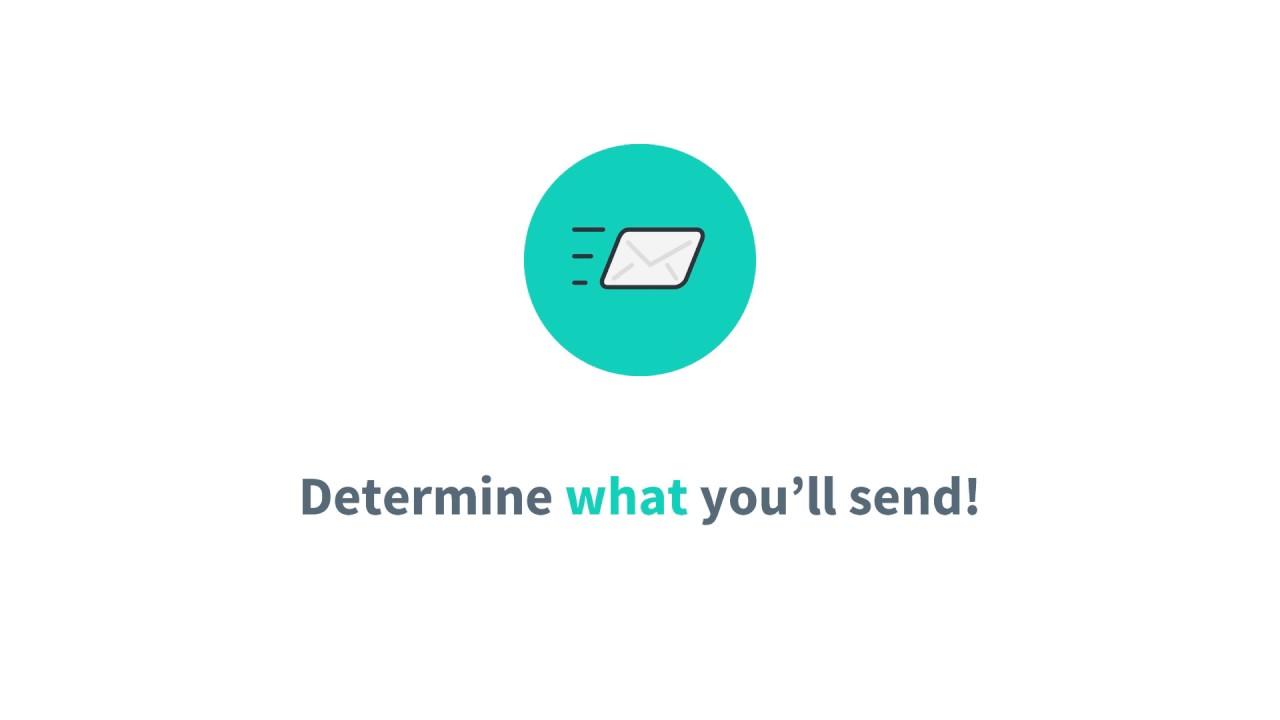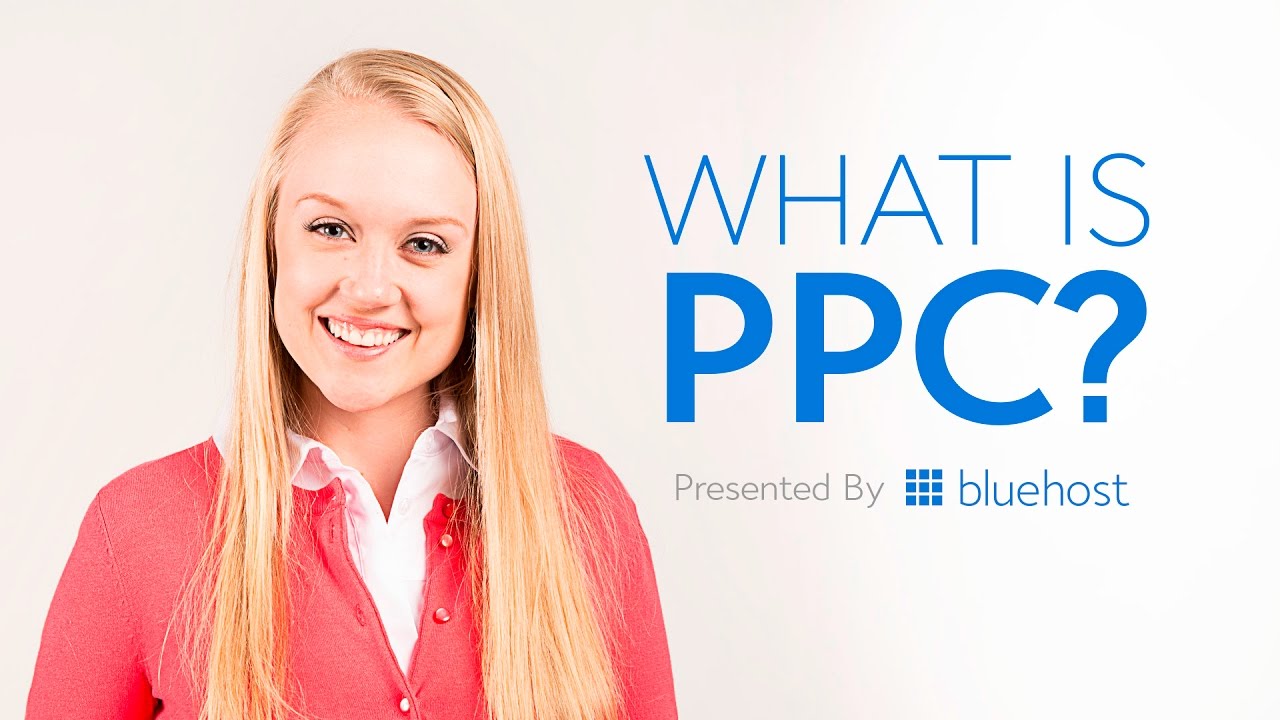Learn how to plan an effective email marketing strategy: http://bit.ly/2kbnB2V
Before you can begin collecting email subscribers or importing them into your list, you should first take some time to think about your email marketing strategy – which starts with identifying your expectations and goals.
As you think about what you hope to achieve through email marketing, it will be helpful to ask yourself:
How do you want your emails to help your business?
Do you want to increase sales for your product?
Do you want to build relationships with subscribers?
Who is the ideal subscriber for your email list?
How will it fit with your overall marketing strategy?
While these goals may change or evolve over time, it’s important to consider the purpose of your emails and set goals that are both measurable and attainable.
For those just starting out with email marketing, you might want to focus your goal on growing subscribers.
In this case, your goal might look like the following: I plan to collect 500 email subscribers over the next 12 months by leveraging online and offline opportunities to attract sign ups.
By including a numeric value, a due date and a general idea of how you plan on meeting that number, you’ll have a clear target to work towards. It can even provide guidance for executing tactics that’ll help you achieve your end goal.
As you plan your tactics, also consider the target audience you hope to reach. For example, a fitness trainer with a focus on health and wellness might target people who are just getting started with exercising and changing their diet.
Understanding your ideal customers will help you determine the best ways to connect and communicate with them.
Take Action! Take 15 minutes to answer the questions above and identify goals for your email marketing strategy. To help you craft a more thorough plan, download the free bonus resources, which includes an email marketing goal setting template!
Start your free 30-day trial today: https://bit.ly/2Lkvmzu
Want more email marketing inspiration? Follow us!
Facebook: http://facebook.com/aweber
Twitter: http://twitter.com/aweber
Instagram: http://instagram.com/aweber
Pinterest: http://pinterest.com/emailmarketing
Get the Ultimate Guide to Email Marketing: http://bit.ly/2kbnB2V
Don’t forget to subscribe!


 Feedback Friday: A video series to explain the hurdles that good emails should overcome to be really good.
Feedback Friday: A video series to explain the hurdles that good emails should overcome to be really good.